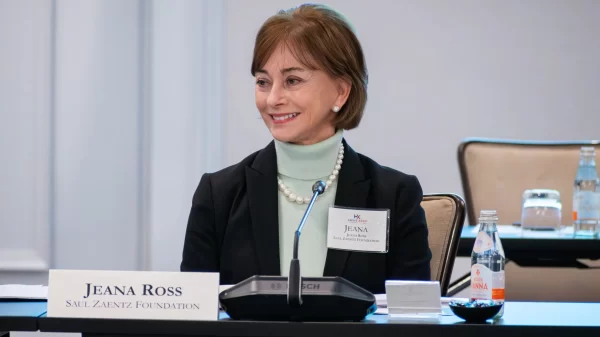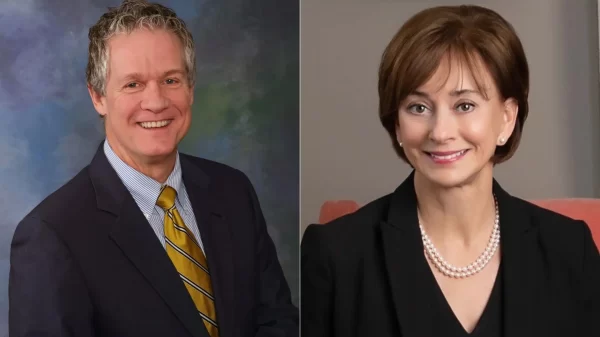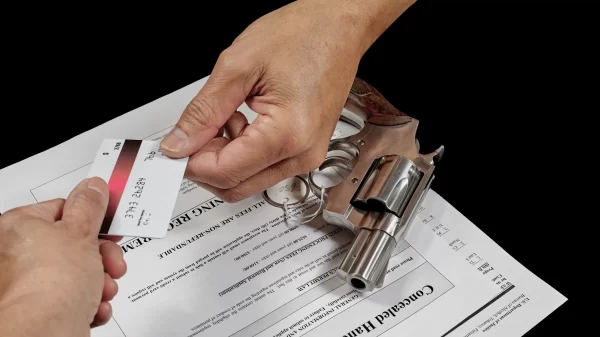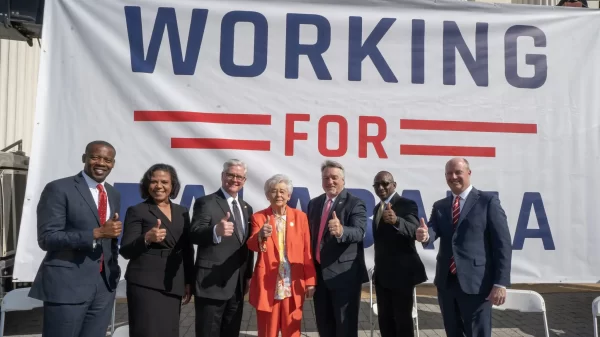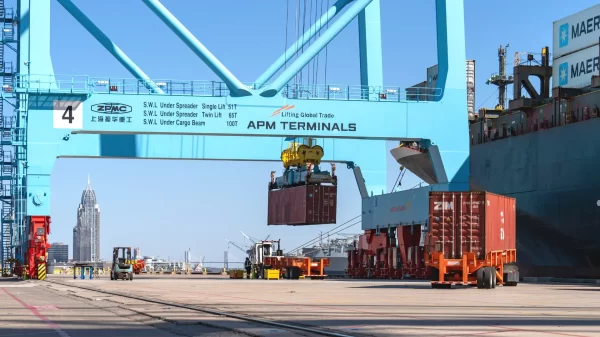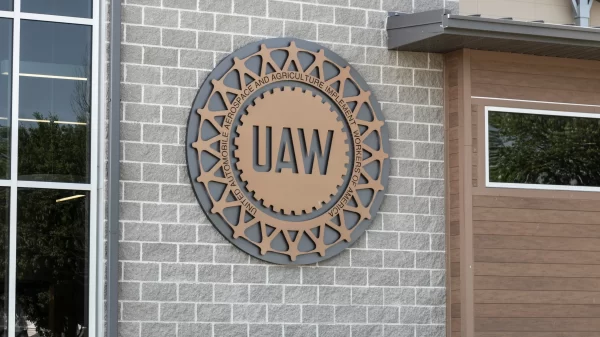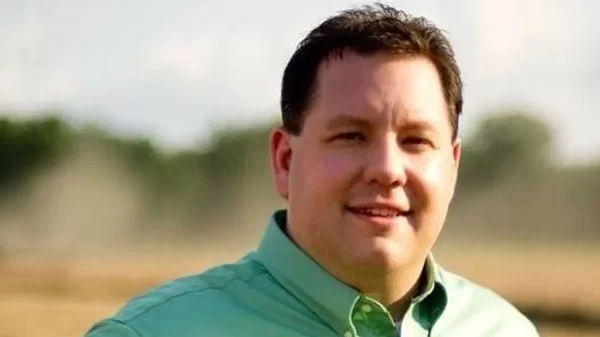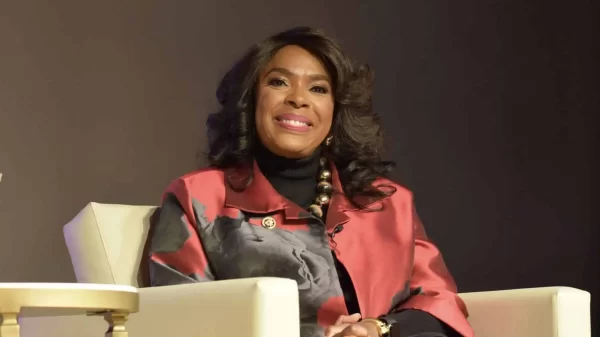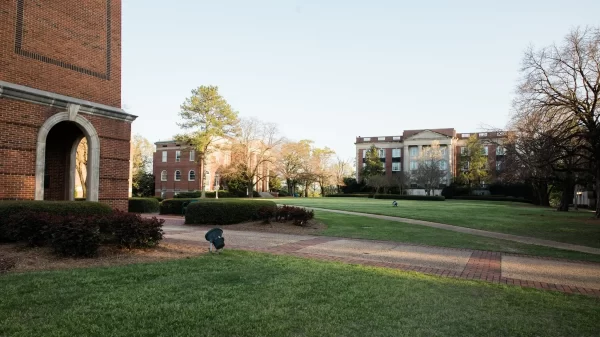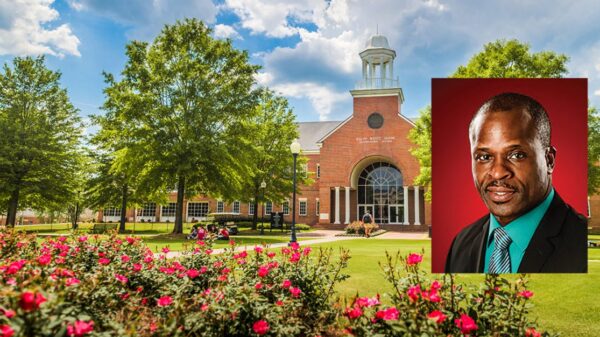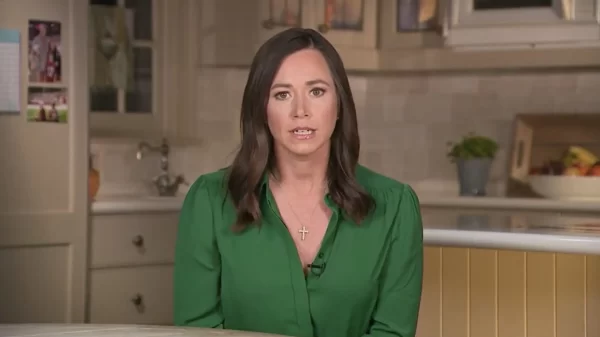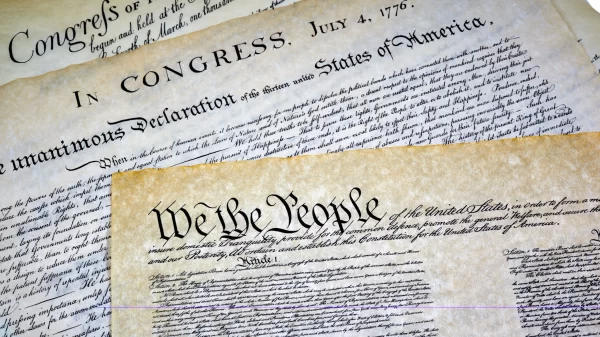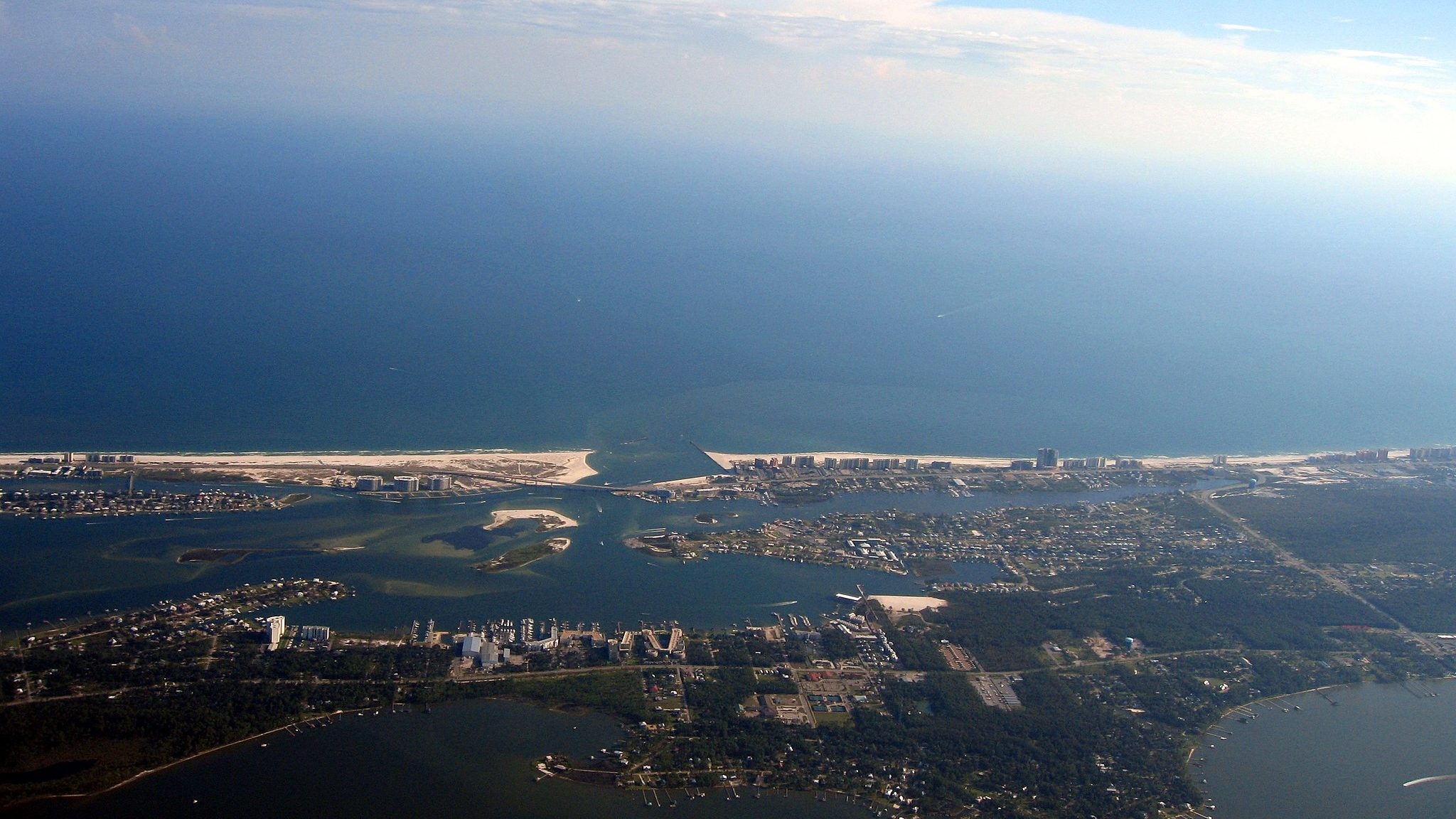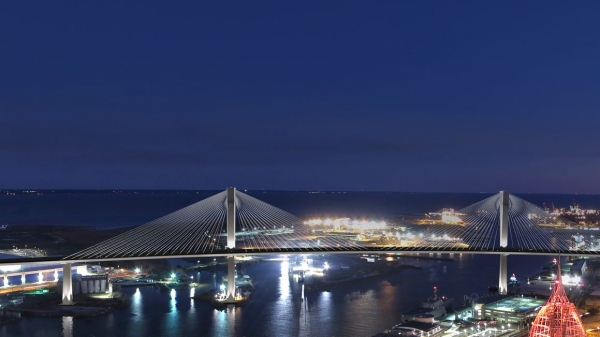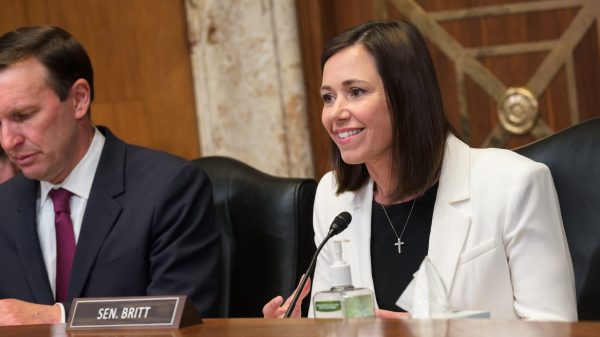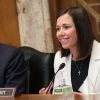A nearly $100 million taxpayer-funded bridge project connecting the Foley Beach Express to Alabama’s beach destinations landed the state’s top transportation officials in court last week.
A lawsuit filed by privately owned Baldwin County Bridge Company and Baldwin County Revenue Commissioner Teddy J. Faust led to a court appearance by the Alabama Department of Transportation Director John Cooper and Regional Engineer Vincent Calametti, in which the men admitted the ALDOT has failed to prove that the bridge project is in the public interest.
The hearing was primarily concerned with addressing the state’s condemnation of private land surrounding the bridge site using its power of eminent domain.
The new bridge over Alabama’s Intracoastal Waterway has come under public fire in recent months, as a third bridge over the canal leading to the Gulf Coast has been called a waste of taxpayer money that will exacerbate traffic problems in Orange Beach and Gulf Shores.
The Alabama Political Reporter obtained a transcript of the proceeding, which reveals that the state had not conducted a viability study, has failed to hold public hearings and, most surprisingly, has given widely conflicting estimates of the cost of the bridge project.
Despite these concerns, Cooper admitted under oath that Gov. Kay Ivey’s administration green-lighted the project without a full review.
During testimony, both Cooper and Calametti agreed that ALDOT has provided wildly inconsistent estimates of the bridge’s cost ranging from $30 million to over $80 million. However, a letter signed by Cooper sets the price tag at $87 million.
Portions of their public testimony are as follows:
On page 56, Calametti agrees ALDOT cited a cost of $30 million to the public.
Q: “Does that refresh your recollection that Mr. Cooper put a thirty million dollar price tag on the bridge alone in November 2017?”
Calametti: “Yes.”
On page 68, Calametti agrees ALDOT cited a cost of $52 million to the Florida-Alabama Transportation Planning Organization (TPO).
Q: “If you turn the page, it’s a series of costs, do you see that? It refers to PD and E complete design under right-of-way, seven million dollars, in construction, forty-five million dollars, correct?”
Calametti: “Yes.”
Q: “So those are the costs that the Florida Alabama TPO obtained from ALDOT with respect to the costs of the new bridge as of February of 2018, correct?”
Calametti: “Yes, sir.”
Pages 64-65 show Calametti agrees that Director Cooper cited a cost of $87 million in a letter to the U.S. Department of Transportation.
Q: “This is a letter from Director Cooper of ALDOT to the Secretary of Transportation, U.S. Department of Transportation, dated October 9, 2017, correct?”
Calametti: “Correct.”
Q: “The eighty-seven million dollar figure is contributable to the new roadway and the new bridge that ALDOT is contemplating building, correct?”
Calametti:“Yes.”
On pages 152-153, Cooper admits he signed a letter citing a cost of $87 million without having read the letter.
Q: “I’m asking the question: First of all, isn’t it in fact true that in connection with your October 9, 2017, letter, which you saw earlier today because you were in the courtroom, that you included a map that indicated that it was an eighty-seven million dollar expenditure for the roadway and the bridge that you proposed to build, correct?”
Cooper: “There may very well have been a map included that said that. Whether I included it, may be open to some interpretation.”
Q: “It was attached to your letter, was it not, Mr. Cooper?”
Cooper: “Sir, that was a form letter. I send those for everybody who applies for a Tiger [grant] without exception.”
Q: “So you signed the letter – it’s your testimony on the stand today, that you signed that letter without reading it?”
Cooper: “It is.”
On page 154, Cooper admits that he was quoted as citing a cost of $30 million.
Q: “At the November 7th, 2017, meeting of the Orange Beach town hall, you indicated the cost for the bridge alone was thirty million dollars, right?”
Cooper: “I was quoted as saying that. I don’t remember it, but I assume I did.”
(later – page 155)
Q: “Okay. So let me ask the question then: Mr. Cooper, did you say that the bridge alone would cost thirty million dollars?”
Cooper: “I guess I did.”
On the broken process for planning and building the bridge: Cooper states definitively that the purpose for building a new bridge is to reduce traffic congestion in Gulf Shores, but both he and Calametti concede that the state did no formal traffic studies to conclude that a new bridge would solve this traffic problem.
Transcript page 120, Cooper states that the purpose of a new bridge is to relieve congestion.
Q: “Okay. And in every version of the project, what was the purpose generally?”
Cooper: “Well, the purpose always was some version of dealing with congestion, relieving the congestion in Gulf Shores on Alabama 59…”
Transcript pages 75-76, Calametti goes into more detail, stating that the specific problem ALDOT is attempting to address is travelers avoiding the BEX toll bridge into Orange Beach, causing traffic problems as they cross the Intracoastal on Highway 59 and double back into Orange Beach.
Q: “So Mr. Cooper is positing that vacationers go into Orange Beach or other travelers would take this circumvented detour in order to avoid that bridge, correct, the BEX bridge, right?”
Calametti: “Yes, sir.”
Q: “That was ALDOT’s justification for building a new bridge, correct?”
Calametti: “Correct.”
On transcript pages 76-78, Calametti admits that even though there are a number of studies available to ALDOT, the agency chose to do no traffic analysis to corroborate this theory.
Q: “And as you stated earlier, ALDOT has done no studies to actually prove that to be the case, to actually prove that vehicles are making that detour, correct?”
Calametti: “Other than to the review of the existing traffic numbers that we’ve seen, no additional studies that I’m aware of.”
Q: “Well, there are studies that you can do in order to determine the flow of traffic, right?”
Calametti: “Correct.”
Q: “And you didn’t do them, correct?”
Calametti: “Nothing other than the patterns that we looked at.”
Q: “ALDOT did not do traffic flow studies to ascertain where the vehicles actually went, correct?”
Calametti: “Correct.”
Q: “Isn’t it in fact true in connection with the Mobile deal – Mobile River Bay and Bay Way project, that ALDOT has done stated preference studies to determine whether and why vehicles go in certain directions?”
Calametti: “Are you referencing a traffic and revenue study?”
Q: “That’s one of them, yes.”
Calametti: “Yes.”
Q: “So you can do that type of study, correct?”
Calametti: “Yes.”
Q: “You can do GPS monitoring studies, correct?”
Calametti: “Yes.”
Q: “You can do Blue Tooth monitoring studies, correct?”
Calametti: “Correct.”
Q: “ALDOT did none of those studies to ascertain where the traffic flow actually went, correct?”
Calametti:“Correct.”
Q: “So even though it had many different opportunities and avenues and modeling and alternatives to determine whether or not it was in fact true, this detour was occurring, ALDOT did not do so before committing to build the new bridge, right?”
Calametti: “Correct.”
Transcript pages 161-162, Cooper simplified things when he admitted that he has not relied on traffic analysis, but conversations with people.
Q: “Which studies are you relying on other than the studies that we have looked at here today?”
Cooper: “I’m relying on conversations with numerous people who are students of Baldwin County. I do not have formal studies.”
Calametti also stated in court that ALDOT did not hold any public hearings regarding the new bridge until after Director Cooper had unilaterally decided to build it.
Transcript page 70, Calametti says ALDOT conducted no formal consultation with the public about the need or desire for a third bridge over the Intracoastal, only an announcement after the decision had been made.
Q: “There were no public hearings or open houses to discuss the new bridge that we’re currently here talking about today before it was approved by Mr. Cooper, correct?”
Calametti: “Not that I’m aware of.”
ALDOT’s failure to acquire traffic data or consult the local public casts doubts about the bridge alleviating traffic on Canal Road south of the Intracoastal Waterway, a highly congested area.
Transcript page 85, Calametti concedes that the bridge will not solve congestion issues on Canal Road.
Q: “It does not address it at all, that new bridge does not address at all the congestion issues with respect to Canal Road, Route 180?”
Calametti: “Correct.”
On the governor’s support:
After a day on the stand, Cooper appears to put the onus on the construction of the bridge on Gov. Kay Ivey’s staff, as he claims the governor’s chief of staff is supportive of the project.
Transcript pages 203-204, Cooper says in a meeting with the governor’s chief of staff, Steve Pelham, he is told to move forward with the new bridge.
Q: “Have you had discussions with the Governor’s office since (last year)?”
Cooper: “I have ongoing discussions with the Governor’s office. I think the last conversation on the project was with the chief of staff last week.”
Q: “Did you discuss this project with the chief of staff?”
Cooper: “I did.”
Q: “Did he approve it?”
Cooper: “He just told me to continue on.”
Q: “So it’s your testimony in Court today, that the Governor’s chief of staff is approving this bridge project?”
Cooper: “It’s my testimony in Court today that I talked with him about the project last week and he told me to continue.”
In what has become a highly controversial legal battle, the state is having trouble justifying an $87 million bridge across the Intercostal waterway.
Having not completed a traffic analysis and giving conflicting cost estimates has generated more questions about the project’s necessity. Despite Gov. Ivey’s promise of transparency, the administration’s failure to hold public hearings is seen in many quarters as a means to dismiss public concerns over the project’s viability.

